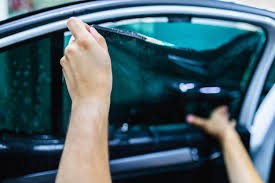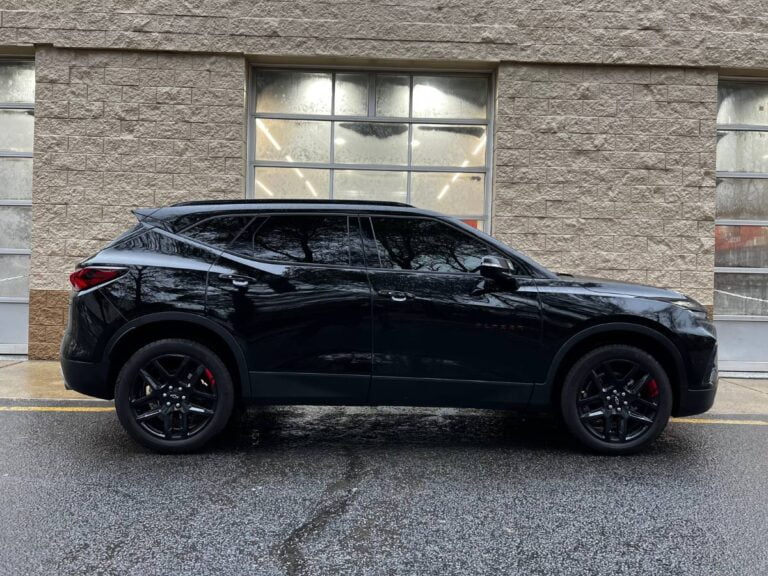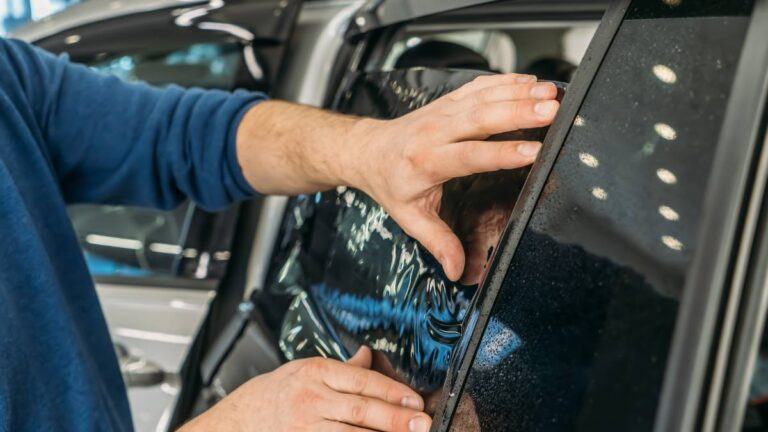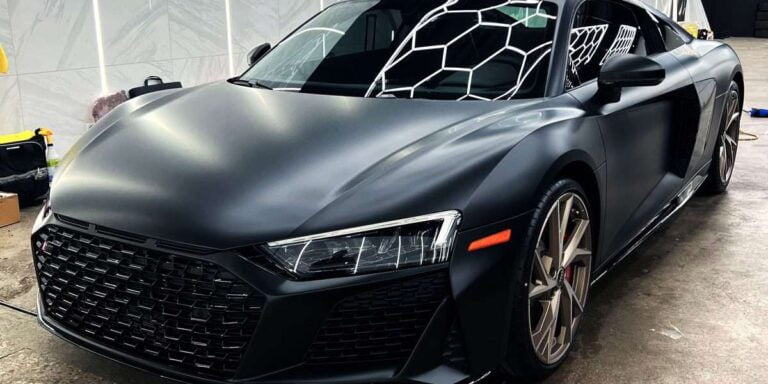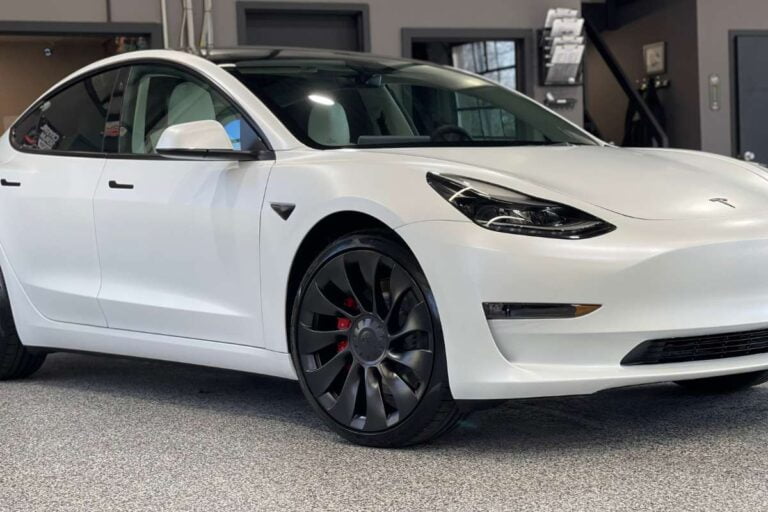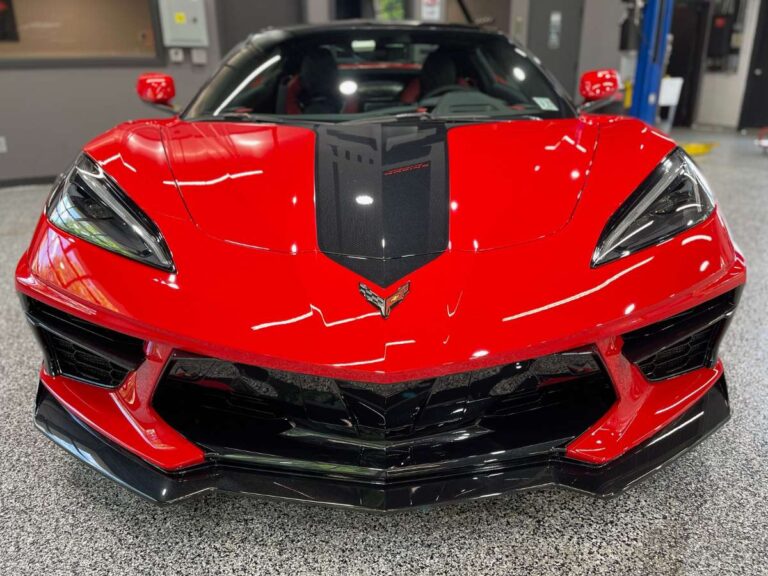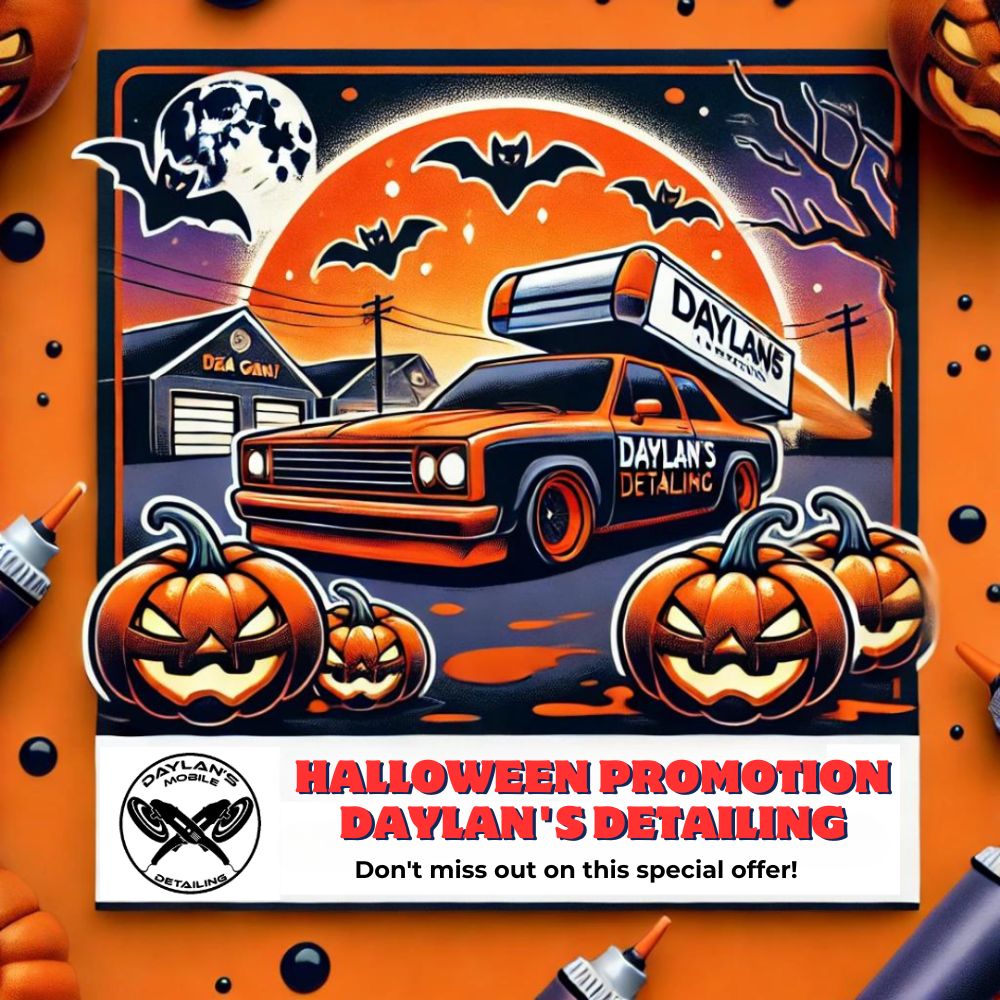Does window tint affect nighttime visibility?
Window tinting offers a range of benefits for drivers. However, one of the most common concerns surrounding window tinting is its impact on nighttime visibility. This blog post aims to answer your questions definitively: Do window tints affect nighttime visibility?
We’ll delve into the science behind window tinting, explore different tint types and their impact on night driving, and provide valuable tips to ensure safe driving with tinted windows.
Understanding window tint
Window tint is a thin film applied to the inside of your car’s windows to reduce the amount of light and solar heat entering the vehicle. The darkness of the tint is measured as a percentage of Visible Light Transmission (VLT). Higher VLT percentages indicate more light transmission, while lower percentages signify greater darkness.
Here are some benefits of getting window tint for your car:
- Cooler interiors: Beat the heat with significant sun glare and UV ray reduction.
- Comfort & savings: Enjoy a more comfortable ride and potentially better gas mileage thanks to less strain on your AC.
- Interior protection: Shield your car’s interior from fading and cracking caused by UV rays.
- Privacy & security: Keep prying eyes out and deter potential theft with an added layer of privacy.
- Stylish look: Enhance your car’s aesthetics with a sleek and sophisticated touch.
- Safety bonus: Some tints can even help hold shattered glass together in an accident.
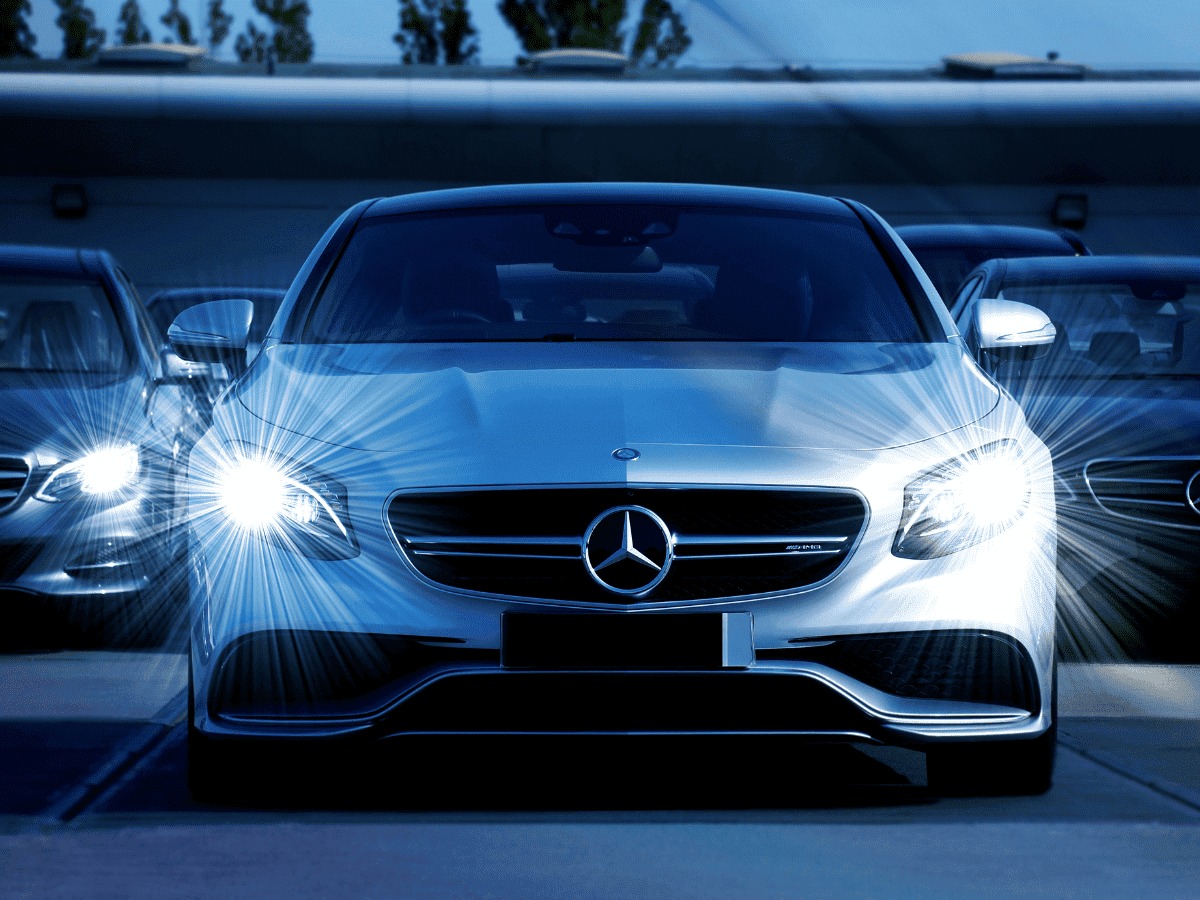

Types of window tint and nighttime visibility
Not all window tints are created equally. Here’s how different types of tint affect nighttime visibility:
Dyed film
This is the most common and affordable type of tint. However, dyed film can block a significant amount of visible light, especially at lower VLT percentages. This can make nighttime driving more challenging, particularly when navigating unlit roads or maneuvering around poorly lit objects.
Metallized film
This type of tint incorporates a metallic layer that reflects heat while allowing some light to pass through. While metallized films offer better heat rejection compared to dyed films, they can sometimes cause a slight green or blue hue at night, potentially affecting nighttime visibility.
Ceramic film
This is the premium option, offering superior heat rejection and excellent clarity. Ceramic films minimize light distortion and provide better nighttime visibility compared to dyed and metallized films. However, ceramic tints are typically the most expensive.
Factors affecting nighttime visibility with tinted windows
Beyond the type of tint, several other factors influence nighttime visibility with tinted windows:
- VLT percentage: The darkness of the tint is the most critical factor. Lower VLT percentages (higher darkness) significantly reduce the amount of light reaching your eyes, making it harder to see at night.
- Your eyesight: Drivers with pre-existing vision problems like nearsightedness or astigmatism may find nighttime driving more challenging with tinted windows.
- Road conditions: Unlit or poorly lit roads with minimal streetlights or reflective signage present a greater visibility challenge with tinted windows.
- Headlights of oncoming vehicles: Glare from oncoming headlights can be intensified with certain types of window tint, further compromising nighttime visibility.
Window tints can affect nighttime visibility, but the severity depends on the type and darkness of the tint. By understanding the different types of tints, choosing a legal and appropriate VLT percentage, prioritizing safety practices, and driving cautiously, you can enjoy the benefits of window tinting while ensuring safe nighttime visibility.
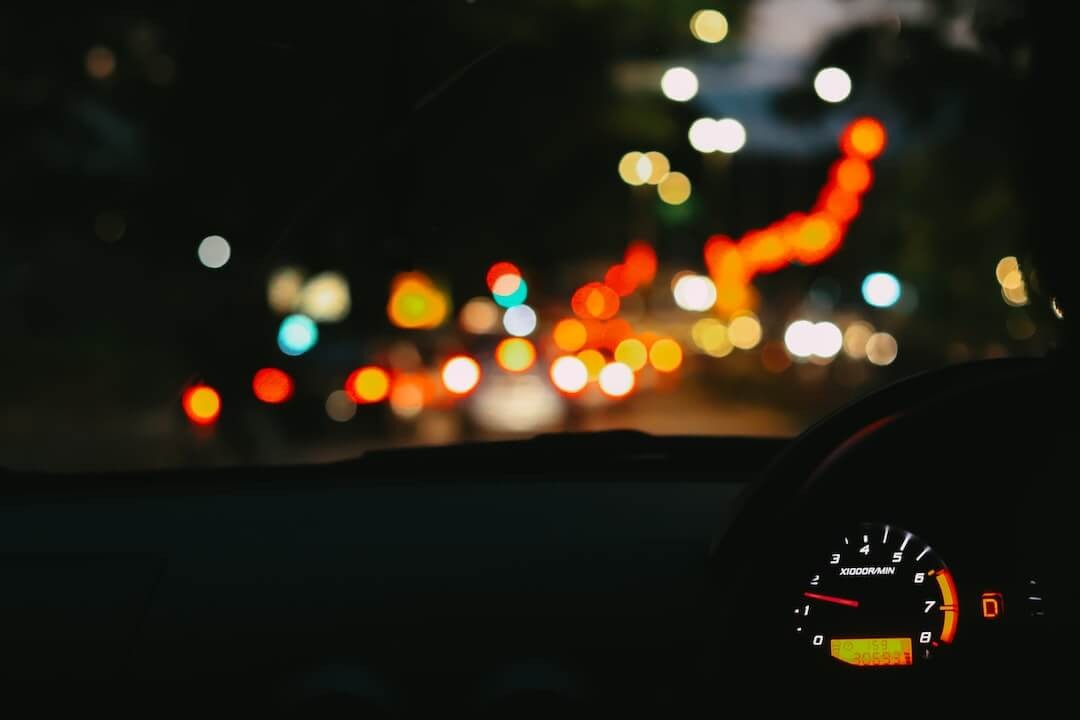

Safety considerations for nighttime driving with tinted windows
While window tints offer benefits, prioritizing safety is paramount. Here are some safety considerations for nighttime driving with tinted windows:
- Choose a legal tint level: Each state has regulations on the legal VLT percentage for car windows. Exceeding the legal limit can not only result in fines but also significantly impact your nighttime visibility.
- Opt for higher VLT percentages on front windows: Consider a lighter tint (higher VLT) for your front side windows, particularly if you frequently drive at night.
- Prioritize ceramic films: If you prioritize both heat rejection and good nighttime visibility, ceramic films offer the best balance.
- Maintain your headlights: Ensure your headlights are clean and functioning properly for optimal nighttime visibility.
- Practice extra caution: Be extra cautious when driving at night with tinted windows. Increase following distances, pay close attention to your surroundings, and adjust your speed according to road conditions.
Additional tips for safe nighttime driving
Here are some general tips for safe nighttime driving, regardless of window tint:
- Avoid eye strain: Reduce eye strain by minimizing the use of your dashboard lights and adjusting the brightness of your car’s interior lights.
- Minimize distractions: Avoid using your phone or engaging in activities that take your eyes off the road.
- Stay alert and well-rested: Fatigue can significantly impair your driving ability at night. Ensure you’re well-rested before embarking on a nighttime journey.
- Use high beams responsibly: Use high beams only when appropriate and avoid blinding oncoming drivers.
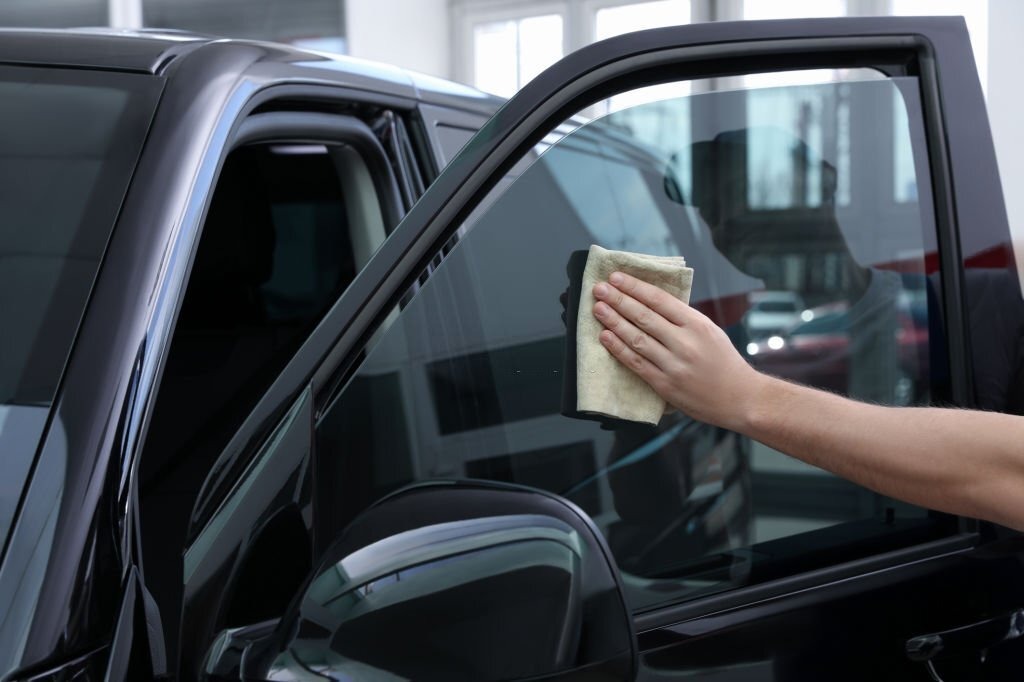

Get high-quality window tinting services for your car now!
Tired of the scorching sun baking your car’s interior and compromising your privacy? At Daylan’s Detailing, we can transform your driving experience! Our expert technicians use only the highest-quality window films, delivering exceptional heat rejection, clarity, and a flawless finish. Enjoy a cooler, more comfortable ride with reduced glare and increased UV protection for you and your passengers. Plus, window tinting enhances your car’s aesthetics and adds a touch of security.
Don’t wait any longer! Call us today at (732) 320 7367 to schedule an appointment or visit us at 2163 Route 35 Sea Girt, NJ 08750 for a free consultation and quote. We’ll ensure your car gets the star treatment it deserves!
Read more about window film tips installation at Daylan’s Detailing:



